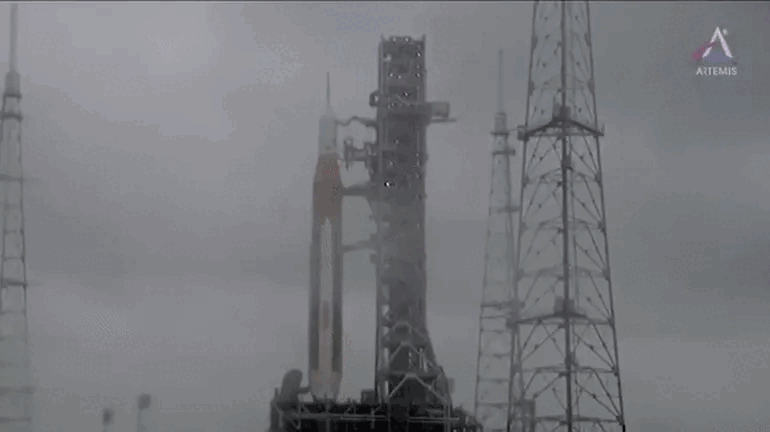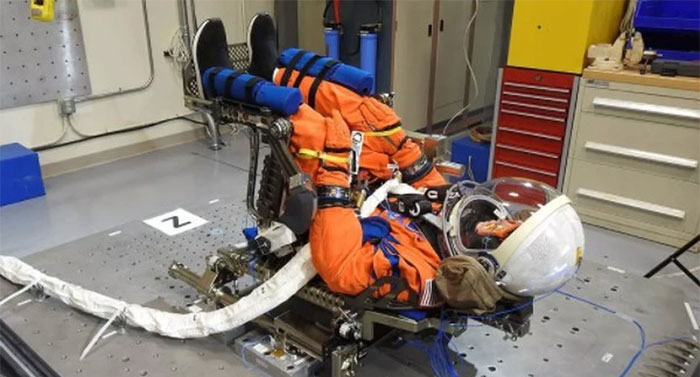Four lightning strikes hit the Mega Moon rocket launch pad during tests on April 2 at the Kennedy Space Center in Cape Canaveral, Florida.
NASA reported that three of the lightning strikes were of low intensity. However, one high-intensity strike hit Tower One while the Orion spacecraft was being attached to Launch Pad 39B as part of the Artemis 1 Moon Mission test launch.

The test launch was subsequently canceled due to a malfunction with two fans providing positive pressure for the spacecraft.
Nevertheless, NASA confirmed that there was no harm or injury resulting from this rare incident. NASA is currently “counting down the time” to conduct tests and plan to provide additional supplies for the SLS rocket and ICPS.
In the Artemis 1 mission, the Orion spacecraft is scheduled to launch on March 17. After reaching the necessary altitude, it will orbit the Moon to ensure that the systems of the SLS rocket and Orion are ready for crewed missions.
The Artemis 1 mission will be NASA’s first mission to the Moon since Apollo 17, which was launched in 1972.

Test dummy undergoing shake test on the Orion spacecraft module seat at NASA’s Kennedy Space Center before humans wear this suit (Photo: NASA)
According to NASA, when the Artemis 1 mission conducts its actual launch, the test dummy will be placed in the commander’s seat of the Orion module and will wear the first-generation Orion Crew Survival System suit. Astronauts will wear this suit during the launch, once they reach space, and at other stages of their mission. The suit is equipped with sensors to measure acceleration, vibration, and radiation.
If everything goes according to plan, the first Artemis crew – part of the Artemis 2 mission – will fly around the Moon in 2024. The Artemis 2 mission will include the first woman and the first person of color to set foot on the lunar surface.
Following that, the Artemis 3 mission will be launched, aiming to land humans on the lunar surface by at least 2025, and likely in 2026.


















































